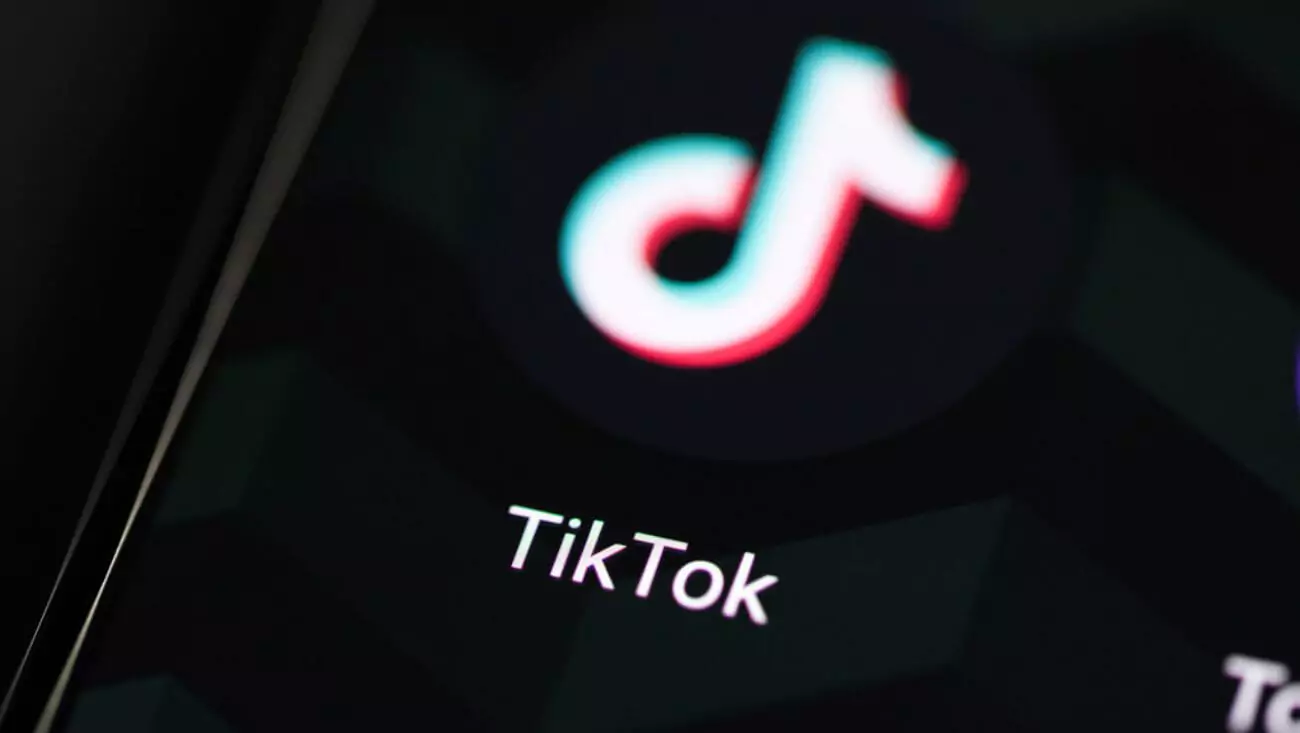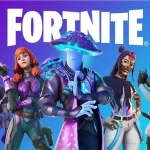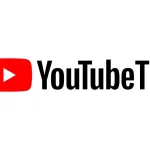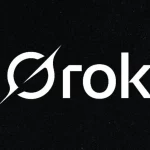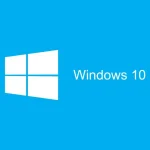TikTok is taking proactive steps to reassure advertisers of its staying power in the face of a U.S. ban, while simultaneously rolling out enhanced ad offerings at the 2025 NewFronts conference. Despite a January 2025 shutdown of its U.S. operations due to national security concerns linked to its Chinese parent company ByteDance, TikTok remains steadfast, emphasizing its resilience and commitment to advertisers. The platform also introduced expansions to its TikTok Pulse Suite, aiming to solidify its role in the digital marketing ecosystem by providing brands with innovative ways to engage its global audience, which previously included 170 million U.S. users, within the evolving social media environment.
During the NewFronts event, TikTok’s leadership, including Global Business Solutions President Blake Chandlee, addressed advertiser concerns following the U.S. ban that took effect earlier in 2025. The ban was triggered by the Protecting Americans from Foreign Adversary Controlled Applications Act (PAFACA), passed in April 2024, which cited risks due to ByteDance’s ties to China. Despite this, TikTok highlighted its efforts to secure a future in the U.S., noting a 75-day non-enforcement period granted by President Donald Trump on January 20, 2025, and ongoing talks for a potential joint venture where the U.S. would hold a 50% stake. “We’re here, we’re confident, and we’re not going anywhere,” Chandlee told advertisers, signaling TikTok’s determination to remain a key player in the advertising space despite the regulatory challenges.
Alongside these assurances, TikTok unveiled significant updates to its ad offerings, focusing on the TikTok Pulse Suite, which now includes Pulse Core and Pulse Premiere. Pulse Core enables brands to place ads next to top user-generated content by category, holiday, or custom headings, while Pulse Premiere allows advertising alongside premium content from partners like Warner Bros. Discovery, Formula 1, and Red Bull Media, joining existing partners like Condé Nast, Disney, and NBCUniversal. A 2024 U.S. iSpot Campaign Meta Analysis revealed that a typical Pulse campaign reached an audience where 45% had not seen the ad on TV, showcasing its ability to capture new viewers. These tools are designed to help brands connect with cultural trends, offering targeted opportunities to engage TikTok’s active global user base in regions where the platform continues to operate.
TikTok also launched Sponsorship Solutions and Content Sponsorship Packages to further enhance its ad ecosystem. Sponsorship Solutions allows brands to appear in search results for specific branded terms, such as “Adidas Superstar,” enabling them to curate content around these keywords for more precise engagement. Content Sponsorship Packages integrate brands into major cultural events, such as Live Nation’s The Submix, Beauty Month: Game Face, and the Las Vegas Grand Prix, helping advertisers resonate with audiences during significant moments. “We are continuing to invest in our TikTok product suite to help advertisers meet their audiences in the moments that matter most,” said David Kaufman, Global Head of Product Operations and Solutions at TikTok, emphasizing the platform’s focus on driving brand engagement through premium ad placements and cultural targeting.
The announcements come at a pivotal moment for TikTok, which once generated over $11 billion in annual ad revenue in the U.S., according to WARC Media forecasts. The ban, enacted after ByteDance failed to divest TikTok’s U.S. assets by the January 19, 2025, deadline, has pushed advertisers to redirect budgets to competitors like Instagram and YouTube Shorts. However, TikTok’s proactive measures at NewFronts—along with favorable refund terms for campaigns affected by the ban—have helped maintain advertiser trust. Globally, TikTok continues to thrive, with partners like Formula 1 highlighting its impact on younger audiences. Jonny Haworth, Director of Commercial Partnerships at Formula 1, noted, “TikTok is one of the fastest-growing platforms for Formula 1 and is part of the reason we are seeing phenomenal growth among younger audiences around the world,” underscoring the platform’s value outside the U.S.
TikTok’s future in the U.S. remains uncertain, with ongoing debates over data privacy and potential Chinese government influence mirroring broader concerns across social media platforms. Some U.S. lawmakers have been criticized for perceived hypocrisy, as American companies also collect and sell user data with limited oversight, yet TikTok has been singled out. The Supreme Court case TikTok, Inc. v. Garland (2025), which challenges PAFACA on free speech grounds, has yet to deliver a final ruling, and the outcome of TikTok’s joint venture negotiations with the U.S. government will depend on regulatory shifts under the Trump administration. These challenges highlight the complex intersection of technology, politics, and user privacy in the digital age.
TikTok’s strategy of reassuring advertisers while expanding its ad offerings demonstrates its resilience and forward-thinking approach. By focusing on tools like Pulse Core and Sponsorship Solutions, TikTok aims to maintain its appeal to brands, even as it navigates the loss of the U.S. market, which was once a cornerstone of its global reach. The platform will need to continue proving its value in other regions to sustain growth, but its ability to connect brands with culturally relevant moments could keep advertisers engaged. As TikTok works toward a resolution in the U.S., its message is clear: the platform is committed to its advertisers, ban or no ban. What are your thoughts on TikTok’s approach to advertiser confidence, and how might its new ad tools influence your marketing strategy? Share your perspective in the comments—we’d love to hear your insights on this unfolding story.

